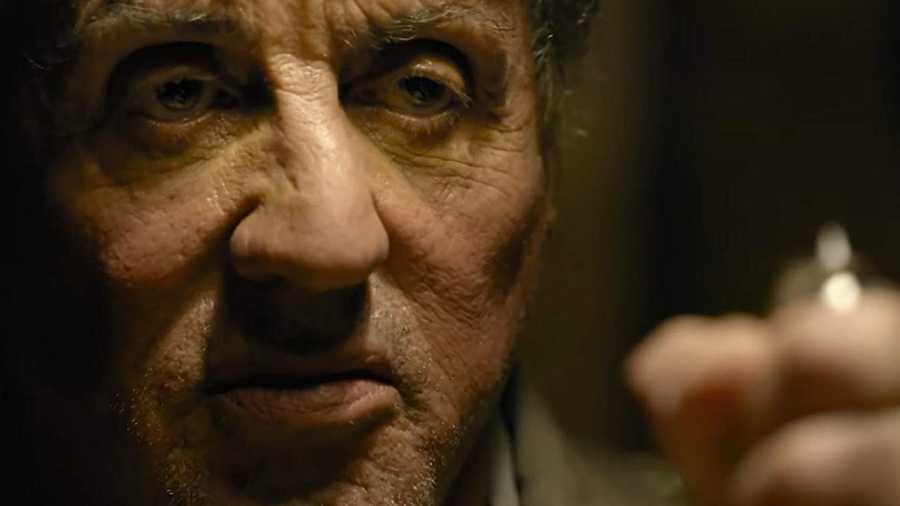Rambo: Last Blood ends with an end-credits montage that recaps Rambo’s greatest hits, stretching from First Blood to this latest (and ostensibly last) film. While Rambo has rarely reached the narrative heights set by First Blood, with its first two sequels turning the character into a typical muscle bound action hero, this latest film fails to capture even those low-hanging fruit.
Last Blood has a runtime of 90 minutes, but it only feels like a Rambo film for the last fifteen minutes. For the rest, it’s more of a Taken story where, for some reason, Mexicans are the bad guys.
After returning home to his family ranch in Arizona, John Rambo (Sylvester Stallone) is enjoying his retirement, training wild horses and looking after his niece, Gabrielle (Yvette Monreal). His peace is interrupted, however, when Gabrielle seeks to go to Mexico to meet up with her father, who had abandoned her years ago after her mother died. Rambo warns her, saying that he ‘knows the blackness that lives in a man’s heart’. Gabrielle, of course, goes against his wishes, meets up with her father and is soon sold into a sex trafficking ring by the woman who contacted her about her dad. This spurs Rambo to travel down to Mexico and go after the two brothers, Victor and Hugo Martinez, who run the sex trafficking ring.
Whether you are looking for narrative depth that tackles how war changes a man, or the nonstop action that was found in the first two sequels, you will find neither in Last Blood.
Most of the film feels like a basic, small action film that would be unchanged if it was someone else in the protagonist’s shoes.
It has the air of a serviceable film, but there are too many plot conveniences that drag the story’s narrative down. Halfway throughout the film, Rambo is rescued after a beatdown by Carmen Delgado (Paz Vega), an investigative journalist whose sister was abducted by the same ring. She is mostly there to give exposition, and she, along with an unnamed doctor, are the only two positively portrayed Mexicans in the film. Many critics have decried this choice as a film made for a MAGA audience; in my opinion, this film is too meatheaded to consider going for that kind of thematic overtones.
Stallone’s screen presence is still commendable, and although he’s quite for most of the time, you can feel that mix of vulnerability and rage bubbling beneath his rubbery features. When he suffers a considerable setback around an hour into the film, he gives up on holding back the rage that he’s felt for decades. He wants payback, and he wants it in the most brutal way possible. The film earns its R rating in the climax, although the last death is, in a way, almost as comical as it is gory.
The action in this film, though competently shot, reminds you of the action films of the 80s and 90s, and not in a good way.
In an early scene, Rambo plows through gangsters with a hammer, and then in the climax, he lures around two dozen assailants into his booby-trapped estate (and tunnels). Going back to the Taken analogy, the gangsters in those films were at least more intelligent than the men in Last Blood, who stumble onto Rambo’s hands without once considering falling back.
It’s no secret that the movie is bad. Even David Morrell, who wrote the First Blood novel that the movie was later adapted from, hated the film after attending its screening. “I agree with these Rambo: Last Blood reviews,” he tweeted. “The film is a mess. Embarrassed to have my name associated with it.”
The way the film ends, there’s still room for another sequel, if Stallone would want to go that route. Last Blood is not aggressively bad, it’s only disappointingly so. If this is indeed the end, then the 37-year journey for the Vietnam vet ends in unceremonious fashion. Both the franchise and the actor have seen better days. If Stallone does return for a sequel, let’s hope that it’s at least a smidgen better than Last Blood.
